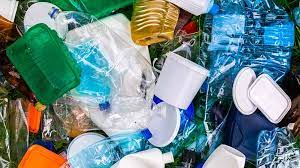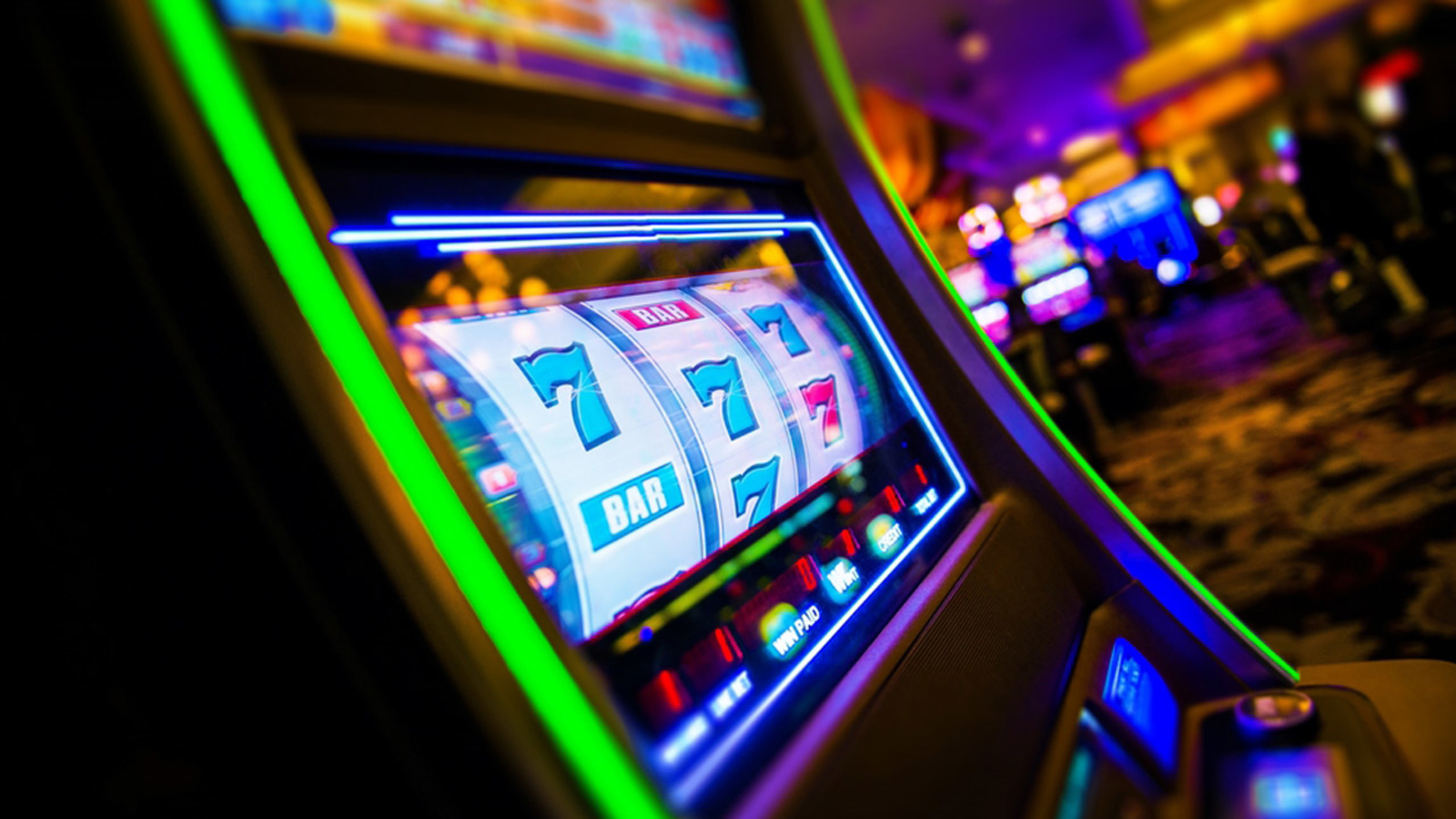Polypropylene (PP) is one of the most extensively utilized plastics around the globe that is found in everything from food containers and auto parts to textiles and medical devices. As environmental concerns increase recycling PP is now becoming increasingly crucial. Here’s a comprehensive look at the information you should know regarding PP recycling.
What is Polypropylene?
Polypropylene is thermoplastic polymer that is known for its durability, flexibility, and resistance to heat and chemicals. It’s widely used due to its cost-effectiveness and versatility. It’s found PP in things like straws for yogurt, yogurt containers, and even some types of clothing.
Why Recycle PP?
PP Recycling is essential for several reasons. First, it reduces the amount of garbage that ends up in landfills, where plastics can require hundreds of years to decay. Second, recycling PP conserves natural resources by reducing the need for a new source of raw materials. Thirdly, it assists in reducing the greenhouse gas emissions that are associated with the creation of new plastics.
How is PP Recycled?
The recycling process for PP typically involves a number of key steps:
Sorting and Collection: PP waste is collected from a variety of sources, including households, businesses and recycling centres. It is then sorted among other plastics and other contaminants.
Cleaning and Shredding: The cleaned PP is cleaned to eliminate contaminants like food residues and labels. After cleaning, the PP is broken into tiny flakes or pellets.
Reprocessing Process: The PP flakes are melted and processed to create new products. It could require extrusion to make new PP pellets, or injection molding to produce specific items.
Quality Control: Recycled PP is subjected to quality inspections to make sure it is in line with the standards of the industry. This is essential to ensure the integrity and performance that the material is recycled.
Challenges in PP Recycling
Despite its benefits, PP recycling faces several challenges. The most significant problem is the absence of a widespread recycling infrastructure that can make it challenging to collect and process PP effectively. In addition, PP can be contaminated by other materials, making the process of recycling more complicated. Quality of the recycled PP can also vary in its use in new products.
The Future of PP Recycling
The future of PP recycling looks bright as technology advances. The latest developments in sorting and processing technologies are making it easier to recycle PP more effectively. In addition, there is a growing emphasis on developing closed loop recycling systems in which recycled PP can be utilized to make new products with similar qualities.
In conclusion, while PP recycling presents some issues, it is an essential component of sustainable waste management. As technology and recycling practices continue to improve, the effectiveness and efficiency of PP recycling is expected to improve, resulting in an environmentally sustainable future.


